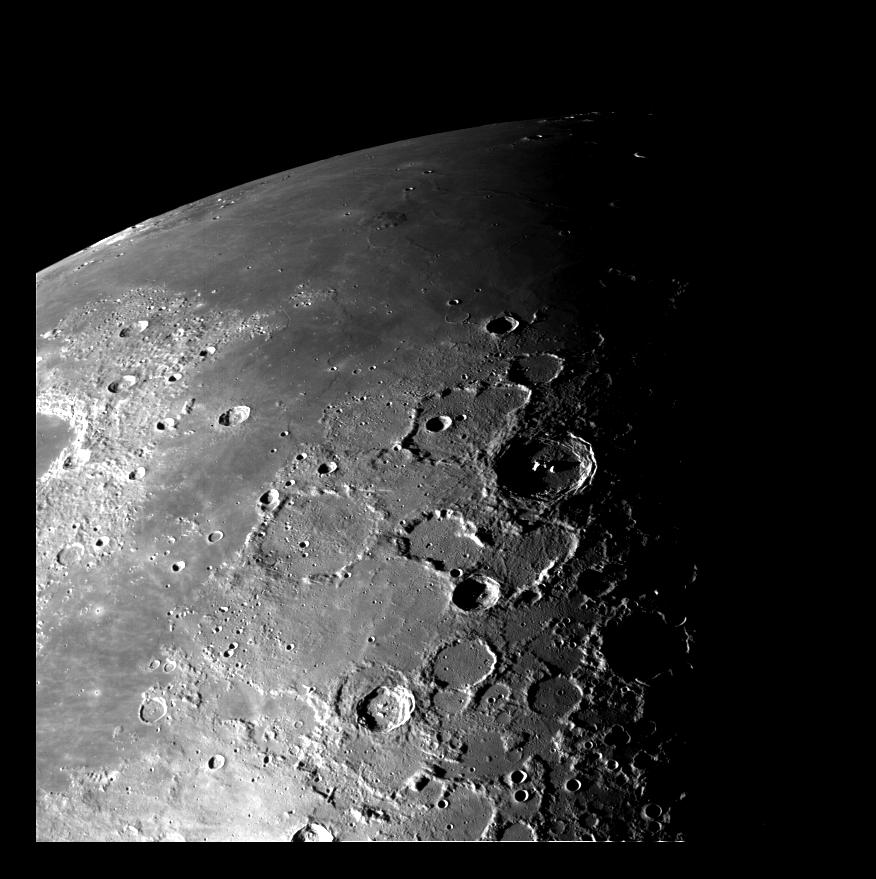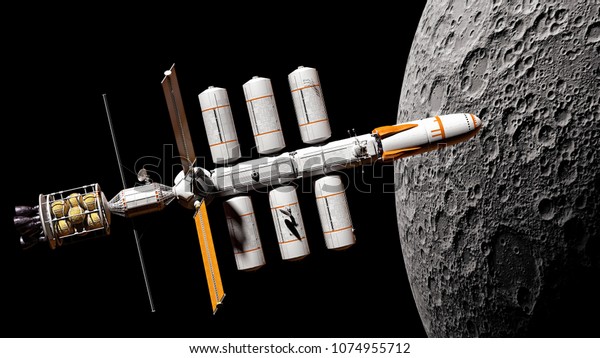General Discussion
Related: Editorials & Other Articles, Issue Forums, Alliance Forums, Region ForumsRare astronomical event tonight
FRIDAY THE 13TH FULL MOON 2019: HOW AND WHEN TO SEE THE MICRO HARVEST MOON TONIGHTBY SOPHIA WATERFIELD ON 9/13/19 AT 12:01 AM EDT
What's spookier than Friday the 13th? A Full Moon on Friday the 13th. But this will also be a Micro Harvest Moon, the Full Moon closest to the autumnal equinox (the end of summer and start of fall).
A micromoon is the opposite of a "supermoon" and will appear around 14 percent smaller in the sky. This is because the moon is also nearing its apogee, the point in its nearly month-long elliptical orbit at which it's furthest away from Earth. The moon will be at apogee on September 13 at 9:32 a.m. EDT.
Also known as the Fruit Moon, Barley Moon or the Mid-Autumn Festival Moon, the Harvest Moon acts as a light for farmers who need to work later. According to NASA, usually the Full Moon rises an average 50 minutes later each night, but for the few nights around the Harvest Moon, it seems to rise at nearly the same time. In the U.S., this is normally 25 to 30 minutes later.
Both these types of moons together are rare.
https://www.newsweek.com/friday-13th-full-moon-2019-how-when-micro-harvest-moon-1458958

Botany
(70,501 posts)I was just about to look up a clip of this for this thread. Love Neil!
cbdo2007
(9,213 posts)The media always gets everyone worked up about these full moons due to some old almanac, but really they all just look the same.
Bengus81
(6,931 posts)real Cannabis calm
(1,124 posts)FACTS & FOLKLORE ABOUT FALL
By The Editors of The Old Farmer's Almanac, founded in 1792
September 5, 2019
WHEN IS THE AUTUMNAL EQUINOX?
In 2019, the autumnal equinox occurs on Monday, September 23, at 3:50 A.M. EDT. The equinox occurs at the same moment worldwide; adjust for your local time zone.
The word “equinox” comes from Latin aequus, meaning “equal,” and nox, “night.” On the equinox, day and night are roughly equal in terms of length.
During the equinox, the Sun crosses what we call the “celestial equator”—an imaginary extension into space of Earth’s equator line. The equinox occurs precisely when the Sun’s center passes through this line. When the Sun crosses the equator from north to south, this marks the autumnal equinox; when it crosses from south to north, this marks the vernal equinox.
Q: IS THE AUTUMNAL EQUINOX REALLY THE FIRST DAY OF FALL?
A: Based on the astronomical definition of seasons, yes, the autumnal equinox does mark the first day of fall (in the Northern Hemisphere). However, according to the meteorological definition of seasons, which is based on temperature cycles and the Gregorian calendar, the first day of fall is September 1.
Q: CAN YOU BALANCE AN EGG ON THE EQUINOX?
A: There’s an old-wife’s tale that you can stand an egg on its end of the equinox. Well, yes, but it’s not just on the equinox. Still, it’s a bit of fun. Try it yourself!
And don’t forget about the end of Daylight Saving Time, when we “fall” back, setting our clocks back one hour and regaining an hour of precious sleep!
https://www.almanac.com/content/first-day-fall-autumnal-equinox#
SpankMe
(2,957 posts)When the moon is at apogee, it orbits so much slower that it rises a half hour later each night. When it's at perigee (closest approach to Earth) it rises over 45 minutes later each night.
It can be rare to have multiple events that coincide (full moon + moon at apogee, planetary alignments, etc.). When this happens you may get observation or photographic opportunities that don't exist at other times.
This may not be of interest to many people. But, it is a legitimate quickie science story.
cbdo2007
(9,213 posts)There is an article in the current Astronomy magazine about just this type of thing. For us astronomy buffs, sure its kind of cool...to the average person that things this is going to look like something different or amazing TO THEM, they will go outside and look up and just be like "Looks the same as always".
It's the moon, what do you expect it to look like the death star?!? ![]()
real Cannabis calm
(1,124 posts)
PhoenixDem
(581 posts)I love full moons when there are clear skies and warm weather
panfluteman
(2,065 posts)Which is astrological lingo for the Moon's apogee point.
spanone
(135,830 posts)LiberalFighter
(50,912 posts)bdamomma
(63,845 posts)interesting what would we do without science, love it. ![]()
Grasswire2
(13,569 posts)[link:http://
|